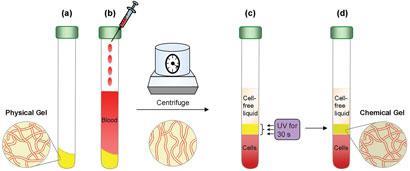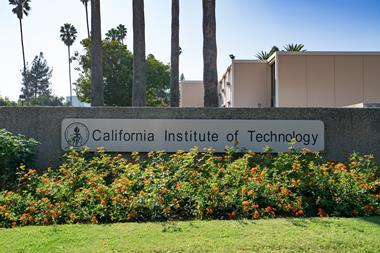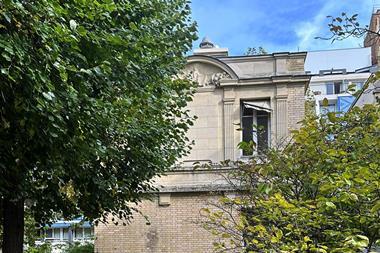A gel to form a permanent barrier between blood components in separation tubes prevents the components mixing again during transportation
US scientists have developed a separator gel that can form a permanent barrier between blood components when exposed to ultraviolet (UV) light, to keep cells and plasma apart for medical analysis.
Blood tests typically only use the cell-free fraction of whole blood (serum or plasma), and it is common practice within blood sample tubes for these liquids to be separated from the blood cells by a separator gel. Separator gels are designed to reversibly liquefy during centrifugation. They have a density between that of the cells and solution components, so that they separate the components by flowing to a position between the layers during centrifugation. Following centrifugation, the gels stop flowing and remain as a soft barrier between the layers. However, the soft barrier can cause contamination, and leaks between the components and the gel can occur during sample transportation and storage.

Jane Emerson at the University of Southern California and Srinivasa Raghavan at the University of Maryland and coworkers have developed a gel that can form a permanent rigid barrier. Similar to other separator gels, the gel works by a density-driven separation technique; however, following centrifugation, the gel can be converted into a solid barrier upon exposure to UV light for 10-30 seconds. The separator gel is composed of a sorbitol-based gelator in a diacrylate oligomer, which initially has the consistency of ketchup. After UV exposure, it converts to the consistency of stiff rubber owing to the formation of chemical crosslinks.
’The technology has potential in industrial applications for any situation in which a permanent barrier is desired in the primary container so that pouring off into additional containers is not required for further processing, storage or testing,’ states Emerson.
Rein Ulijn, an expert in hydrogels at the University of Strathclyde, UK, says that the work ’demonstrates that the innovative combination of simple, existing materials can give rise to new properties that are cost effective and scalable for real world applications’.
Tegan Thomas
References
J. Mater. Chem., 2012, DOI: 10.1039/<man>c2jm14818h</man>






No comments yet